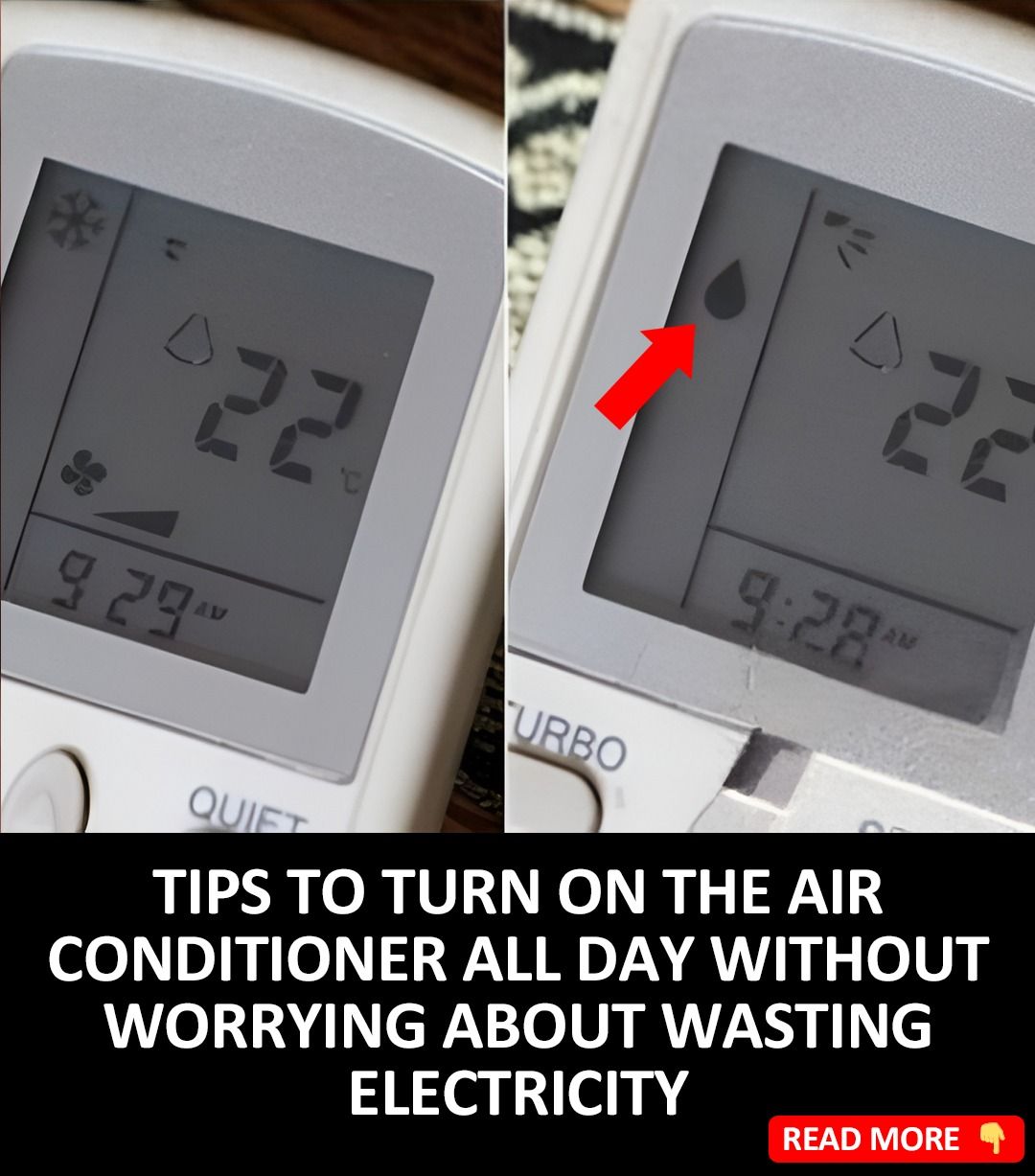As summer draws near and temperatures begin to rise, many households are preparing to crank up their air conditioners, which inevitably means higher electricity bills. Air conditioning provides relief from sweltering heat and helps protect families from potentially dangerous temperatures, but it also consumes a large amount of energy, contributing to both household costs and environmental stress. Fortunately, there are several practical strategies to keep your air conditioner running efficiently without draining your bank account or harming the planet.

One of the first things you can do is ensure your system is clean and unclogged. Over time, vents and pipes can become blocked with dust and debris, restricting airflow and forcing your air conditioner to work harder. Cleaning these components, whether on your own or with the help of a professional, allows air to move freely throughout your home, improving performance and saving energy. Beyond basic cleaning, it’s smart to have an HVAC technician inspect the system for any issues like damaged ducts, faulty wiring, or airflow problems. Professional maintenance can prevent small issues from becoming expensive repairs down the road. Maintaining a consistent indoor temperature is another key tip.
Drastically adjusting your thermostat throughout the day causes the unit to work harder during peak heat times. Instead, aim to keep your thermostat steady—preferably around 70 degrees. Many people set it as low as 65, but that puts unnecessary strain on the system and increases your power bill. By keeping it just a few degrees higher, you can reduce energy usage by up to 20%. In addition to setting the right temperature, consider turning off your air conditioner when it’s not needed. Nights in late spring or early fall can be cool enough to open the windows, giving your system a much-needed break. When you’re away from home, turning off or adjusting the thermostat can reduce costs. However, if you live in extremely hot regions like the desert, maintaining a steady 70 degrees might be a better option to prevent damage to items inside your home. Timing your AC use around the hottest parts of the day can also be effective. Mid-to-late afternoons tend to be the warmest and the time when most people return home, leading to high energy demand. Instead of relying solely on the air conditioner during these hours, consider spending time at a nearby pool, lake, or river.
Once the sun starts to set, it’ll be easier and more efficient to cool your home. If you sleep with your windows open at night, remember to close them in the morning to keep the cool air inside and the heat out. Similarly, drawing the blinds or curtains during the day can block sunlight and reduce heat gain, which helps maintain a cooler indoor environment without overburdening your system. Ceiling fans are another great addition that works well with air conditioning. They help circulate the cool air more evenly and reduce the need to lower the thermostat.
In the kitchen, be strategic about when and how you cook. Ovens and stovetops generate a lot of heat, especially during midday. Opt for small appliances like microwaves, slow cookers, or prepare meals early in the day so residual heat can dissipate before peak temperatures hit. Cold meals like salads or sandwiches are also great alternatives that don’t add any heat to your home. Insulation plays a crucial role in maintaining energy efficiency. Properly sealing your home by filling in cracks and using weatherstripping around doors and windows can prevent cool air from escaping. Don’t forget areas like attics, basements, and enclosed porches, which often allow unwanted airflow if not properly sealed. Lastly, consider upgrading to a smart thermostat. Though it might require a higher upfront investment, it provides long-term savings through energy-efficient scheduling and remote control features. You can program it to adjust the temperature while you’re away and resume cooling shortly before you return, ensuring comfort without unnecessary energy use. By following these 12 practical tips, you can keep your home cool, your energy bills manageable, and your environmental impact minimal throughout the hottest months of the year.





